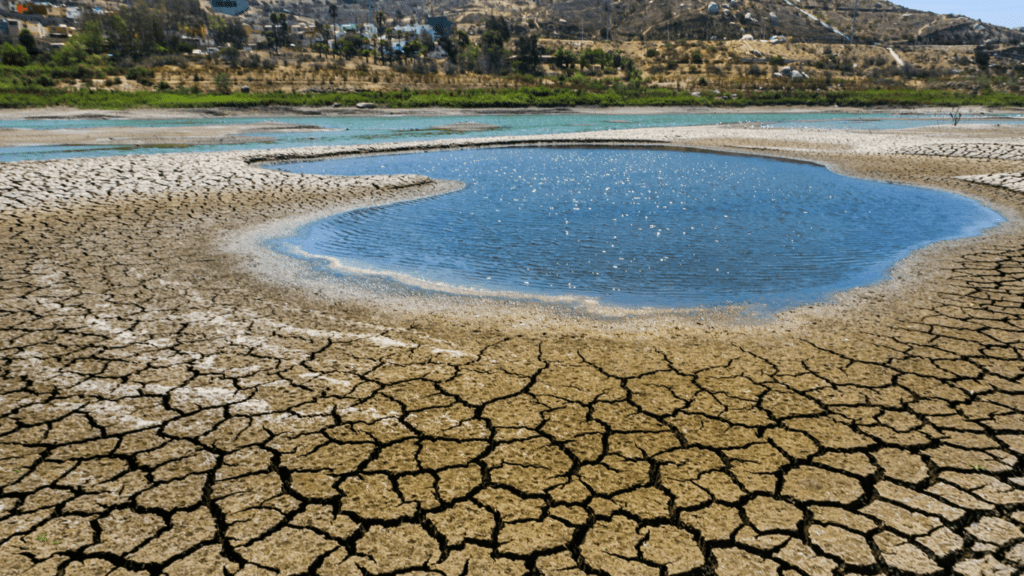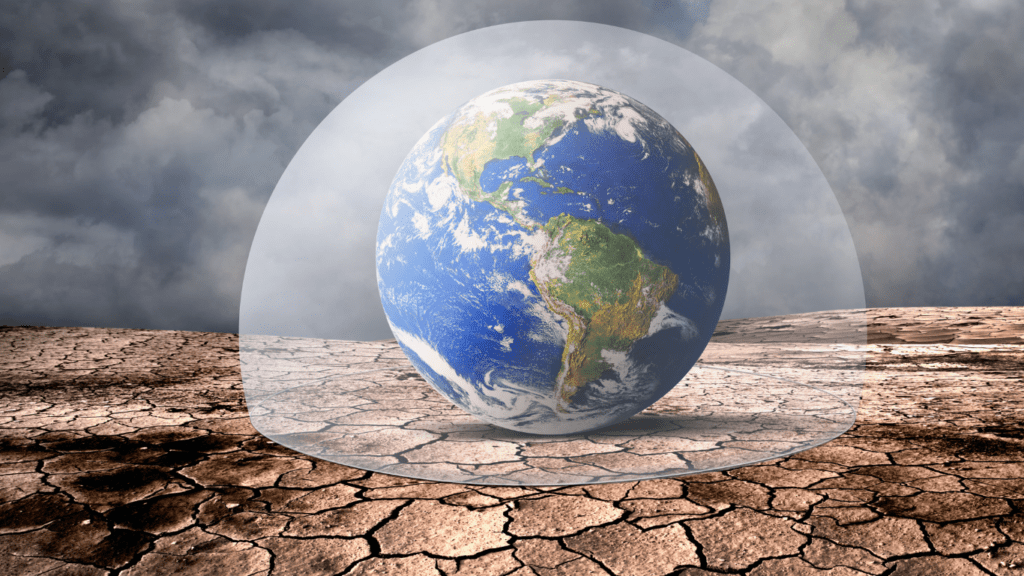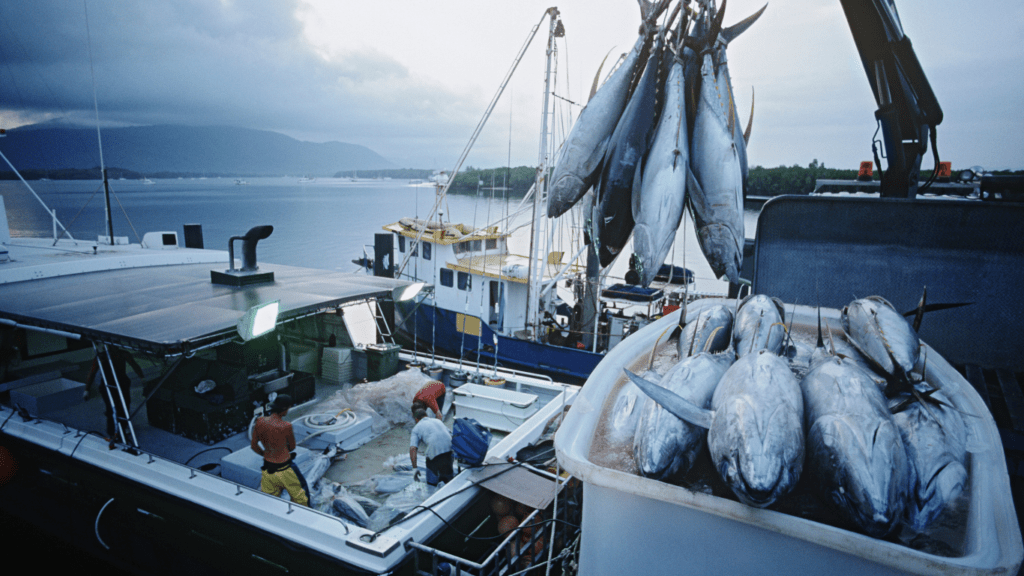Climate change is reshaping our planet in ways we’re only beginning to understand, and one of its most alarming effects is on marine life. Fish populations, essential to ecosystems and human livelihoods, are facing unprecedented challenges as ocean temperatures rise and habitats shift. These changes don’t just threaten biodiversity—they ripple through food chains and economies worldwide.
Understanding The Impact Of Climate Change On Fish Populations
Climate change significantly alters aquatic ecosystems, impacting fish populations in various ways. These changes pose serious challenges to marine biodiversity, food security, and global livelihoods.
How Climate Change Affects Aquatic Ecosystems
Rising ocean temperatures disrupt the balance of marine ecosystems. Warmer waters affect oxygen levels, leading to hypoxic zones unsuitable for many species. Acidification resulting from increased carbon dioxide uptake weakens coral reefs, critical habitats for numerous fish. Extreme weather events such as hurricanes and cyclones also change aquatic environments, displacing fish and degrading habitats.
Key Changes in Fish Habitats and Migration Patterns
Fish shift their distribution toward cooler waters in response to warming oceans. Tropical species, for instance, migrate poleward or deeper into the ocean. Habitats such as estuaries, mangroves, and coral reefs face significant threats, depriving fish of breeding and feeding grounds. Seasonal migration patterns are also altered, impacting predator-prey dynamics and reducing species’ adaptability.
Decline in Fish Populations: A Serious Concern
Species face declining populations due to compounded stresses such as habitat loss and overfishing. For example, cod stocks in the North Atlantic have decreased significantly due to warming waters. Reproductive cycles are disrupted, reducing fish stock replenishment rates. These losses directly threaten global fisheries, a vital food source and economic driver for millions.
Factors Driving The Change
Multiple factors contribute to the shifting dynamics of fish populations due to climate change. These drivers are interconnected and accelerate the disruption of marine ecosystems.
Rising Ocean Temperatures
Higher ocean temperatures directly affect fish physiology and habitats. Fish thrive in specific temperature ranges, and even slight changes impact their metabolic rates and reproduction. For example, species like cod and haddock struggle to survive as waters warm. Temperature increases also force fish to migrate to cooler regions, altering ecosystems and food chains along the way.
Ocean Acidification
Increasing absorption of CO2 makes oceans more acidic, disrupting marine life systems. Acidic waters reduce calcium carbonate availability, a crucial compound for shell formation in organisms like shellfish and coral. Damaged coral ecosystems, such as the Great Barrier Reef, remove critical habitats for many fish species. Larval fish development is also impacted in acidic waters, lowering survival rates.
Overfishing and Human Interference
- Overfishing reduces fish populations, leaving less room for species to recover amid environmental stresses.
- Large-scale fishing operations like trawling and illegal practices contribute directly to habitat destruction.
- Human-induced pollution, such as agricultural runoff, introduces excess nutrients into coastal waters, forming hypoxic zones where fish struggle to survive.
- Declining populations, when paired with habitat loss and warming patterns, further amplify vulnerability.
Consequences For Global Fisheries And Communities

Climate change directly affects fisheries and the communities relying on them for sustenance and income. Its impacts include:
- threats to food security
- economic strain on fishing industries
- significant biodiversity loss
Threats to Food Security
Fish are a primary protein source for over 3.3 billion people globally. Climate-induced changes, such as altered migration patterns and population declines, drastically reduce fish availability in regions dependent on fishing. Coastal and island nations face increased vulnerability, as diminished local fish stocks force reliance on expensive imports. This scarcity contributes to malnutrition, particularly among low-income populations, further exacerbating existing food insecurity.
Economic Impact on Fishing Industries
Global fisheries, valued at $401 billion annually, sustain millions of jobs in harvesting, processing, and distribution. Climate disruptions, including habitat shifts and extreme weather, lead to reduced catch volumes and higher operational costs. Small-scale fisheries, which employ over 90% of fishing workers in developing countries, are hit hardest. Decreased yields weaken local economies, intensify poverty, and strain international trade in seafood products. Communities reliant on fishing, such as those in Southeast Asia and West Africa, face significant economic hardships.
Loss of Biodiversity
Warming seas and ocean acidification jeopardize marine biodiversity, with tropical and cold-water ecosystems most affected. Coral reef destruction, a result of bleaching and acidification, eliminates habitats for thousands of fish species. Migratory shifts fragment ecosystems, disrupting predator-prey relationships and food webs. This loss threatens the ecological balance and undermines future recovery potential for impacted fisheries. Biodiversity decline weakens the resilience of marine environments, leaving them less capable of adapting to further climate changes.
What We Can Do to Protect Fish Populations
Protecting fish populations requires a multifaceted approach that addresses overfishing, climate change, and habitat degradation. Targeted actions can help mitigate these challenges and secure the future of aquatic ecosystems.
Investing in Sustainable Fishing Practices
Implementing sustainable fishing practices ensures the long-term viability of fish stocks. I support measures like selective gear use, which reduces bycatch (unintended species capture), and setting science-based catch limits to prevent overfishing. Governments and industries can adopt certification systems, such as Marine Stewardship Council (MSC) standards, to monitor and enforce responsible fishing. Small-scale fisheries, which contribute significantly to global food security, benefit from incorporating these strategies into their operations.
Reducing Carbon Emissions and Pollution
Minimizing carbon emissions directly addresses climate impacts on marine life. I recommend transitioning to renewable energy sources, such as solar and wind power, to reduce greenhouse gas output. Addressing ocean and freshwater pollution also plays a critical role. For example, limiting agricultural runoff, which causes algal blooms and hypoxic zones, protects aquatic habitats. Global initiatives to reduce plastic waste curb microplastic pollution, safeguarding fish health and the ecosystems they support.
Restoring Marine and Freshwater Habitats
Restoring degraded aquatic habitats strengthens ecosystem resilience. I advocate for the protection and regeneration of coral reefs, seagrasses, and mangroves, as these ecosystems act as nurseries for many fish species. Restoration projects can include replanting seagrass beds or introducing artificial reefs. In freshwater systems, removing barriers like dams improves fish migration patterns and access to spawning grounds. Such initiatives enhance biodiversity and improve the overall health of aquatic environments.





